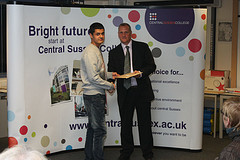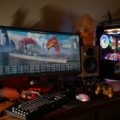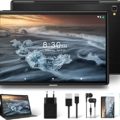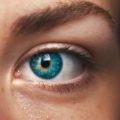Each printing technology has its advantages and disadvantages. Some companies offer a choice between powder and polymer as the material from which the object is created. The primary factors used to determine the best printing technology are speed, cost of the printed prototype, cost of the printer, choice of materials, color capabilities, and more. Some of the printing technologies available in the market are as follows:
Traditional prototyping printing technology was not a fast process and the costs of skilled labor were also not affordable. As a result, a faster and more cost-effective prototyping technology called rapid prototyping was developed.
3D printing is a type of rapid prototyping technology. In this process, a three-dimensional object is created by layering and connecting successive cross-sections of material. 3D printers are faster, more affordable, and easier to use than many other technologies. 3D printing technology uses an inkjet printing system, allowing for the printing of full-color prototypes. It is also the fastest printing method. 3D printing is optimized for speed, affordability, and ease of use, making it ideal for visualization during the conceptual stages of design when dimensional accuracy and mechanical strength of prototypes are less critical. 3D printing technology does not require toxic chemicals like those used in stereolithography printing technology and requires minimal post-printing finishing work.
Digital printing technology has enabled manufacturers to create digital samples and make changes in designs before engraving. By adopting digital printing techniques, traditional printing designs can be re-adjusted, and new looks can be achieved. Digital printing technology allows for innovative and creative designs like shadow, shimmering, vibration, reflection, moire, optical, translucent, netting, blurring, layering, superimposing, and more. It reduces the use of water, dyes, chemicals, commercial waste, and print reduction, making it eco-friendly. Digital printing equipment requires minimal infrastructure and is relatively affordable. Digital printing operates at high speeds to produce high-resolution prints. Today, printing technology has advanced significantly, becoming more eco-friendly and user-friendly.
Digitograf technology is used for digital art printing on canvas with oil-based, acid-free inks. Prints are highly durable, waterproof, and fade-resistant. Digitograf is primarily suited for the reproduction of oil paintings.
Repligraph technology is best suited for the reproduction of oil paintings. Prints can only be made from slides or negatives and cannot be modified on a computer.
Digital textile printing technology is a versatile textile printing method. It offers significant benefits like quick turnaround, efficient setup and speed, affordability, and great flexibility, taking less time and allowing for alterations. There are various types of digital textile printing technologies available in the market, including thermal DOD inkjet fabric printing, piezoelectric DOD inkjet fabric printing, airbrush/valve jet fabric printing, electrostatic sublimation transfer fabric printing, thermal transfer fabric printing, electrophotography (laser, LED) fabric printing, photographic fabric printing, direct inkjet transfer fabric printing, and continuous inkjet (CIJ) fabric printing.
Manuel Marino is a seasoned Senior Producer, Music Composer, and Artist with over a decade of experience. He specializes in branded entertainment across various mediums, including video games, films, and advertising campaigns. With 20+ years as a game music composer, Manuel has worked on numerous platforms, creating diverse orchestral soundtracks. HIRE ME


 Manuel is a passionate, driven, and techsavvy AV technician,
Manuel is a passionate, driven, and techsavvy AV technician, 






